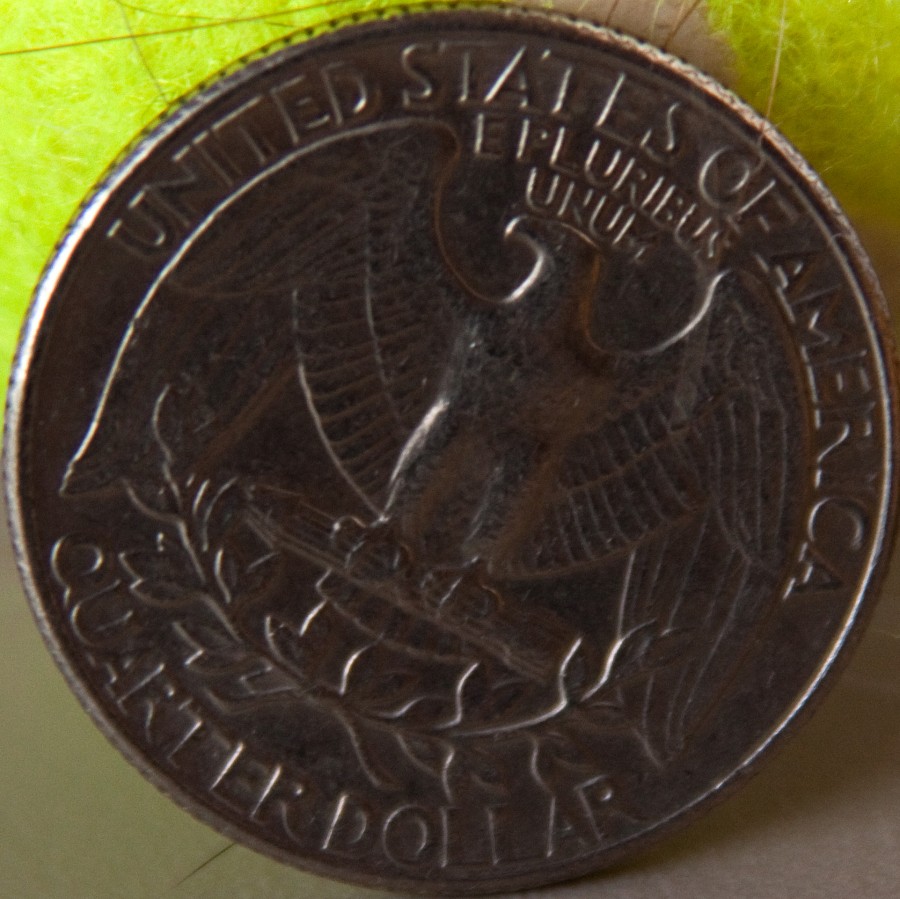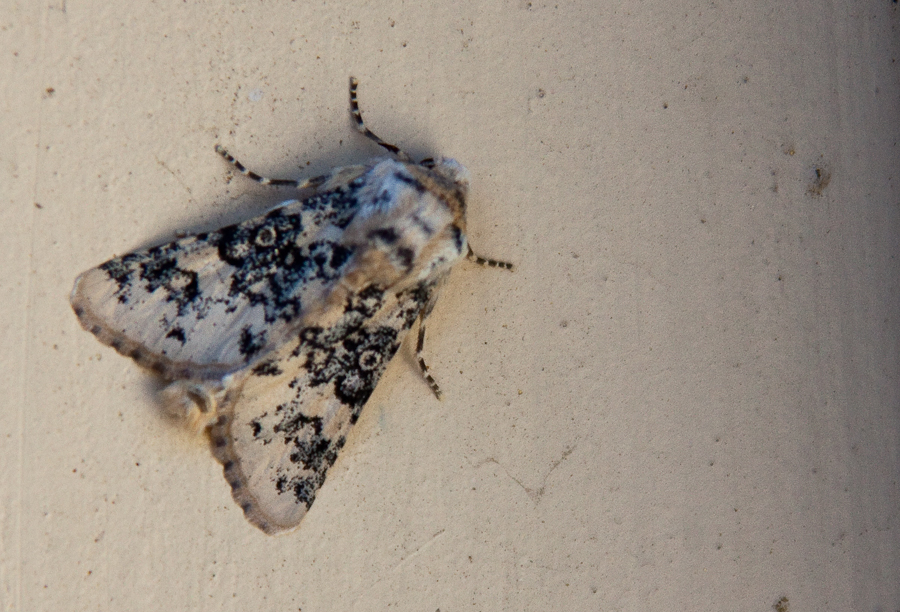#463 Verdin at St. Barnabas
Friday, March 13th, 2009By the time we left the California Overland Tour, the sun was setting; but we decided to drive through town on the way back to the hotel. (Not a lot else to do in Borrego Springs after dark.) Beth spotted a church off in the distance, and wanted to check it out. In fact, she spotted several. About four are lined up in a row along Church Lane. However we parked at the Episcopal Church and walked around a bit. House Finches and Lesser Goldfinches were both present in some small abundance.
As Beth was checking out the labyrinth, I was walking around the other side of thee church and spotted another small bird in the back of a small but bushy tree. I thought it was just another finch, but after putting my binoculars on it, I decided it was something else. A kinglet maybe, or perhaps a Gnatcatcher. A Gnatcatcher out here could well be a Black-tailed Gnatcatcher, which would be a life bird for me. So I’m looking closely at the tail, trying to figure out if it’s more white or dark underneath, all the while the bird is moving around in the back of a tree I can barely see in the fading light.
Then all of a sudden the bird turns into my field of view, and I’m looking at its head instead of its tail. Damned if the head isn’t yellow. Gnatcatchers don’t have yellow heads, but Verdins do. The bird flies off, and the light was far too gone to hope for a photo, even if it had stayed. However, the yellow head is pretty distinctive, #463, Verdin.
The next morning we did find several more Verdins at the Anza-Borrego Desert State Park Visitors center, this time in light good enough for a photo. Here’s one:

However the lifer was at St. Barnabas Church.



